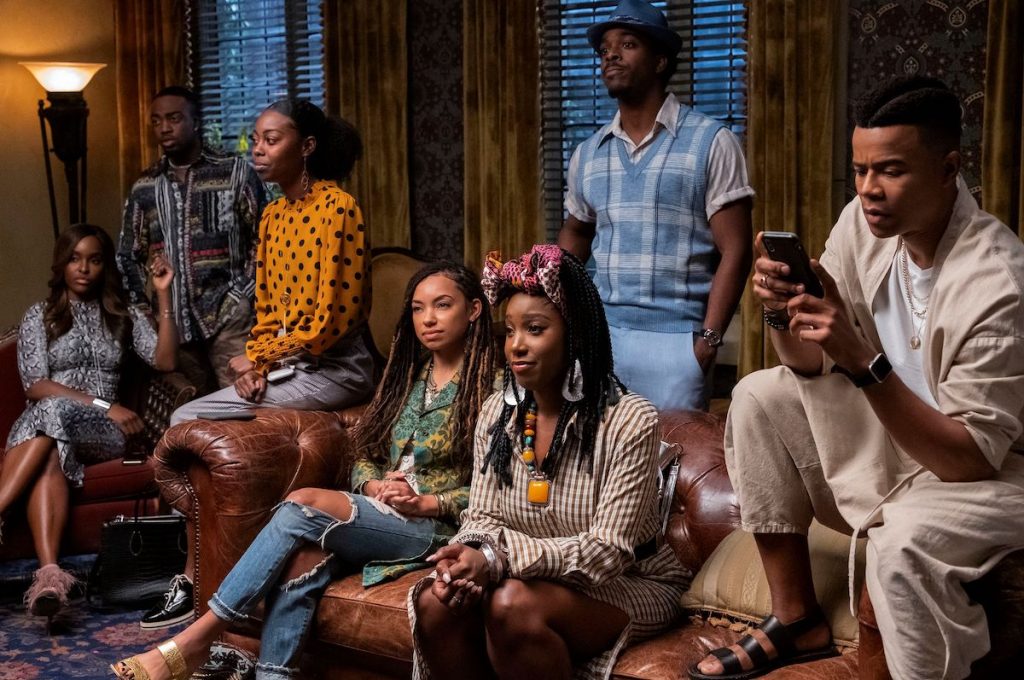
After more than 35 years of operation, TBI is closing its doors and our website will no longer be updated daily. Thank you for all of your support.
LGBTQ representation on US broadcast TV hits record high
LGBTQ representation on US broadcast TV has reached a record high, rising to almost 12% of characters scheduled to appear on primetime scripted shows in the upcoming season, according to a new report from media monitor GLAAD.
GLAAD’s 17th annual Where We Are On TV report was released today, covering shows which premiered or are expected to return between 1 June, 2021 and 31 May, 2022.
The report analysed the overall diversity of primetime scripted series regulars on broadcast networks and assessed the number of LGBTQ regular and recurring characters on primetime scripted cable programming and original scripted streaming series on the services Amazon Prime Video, Apple TV+, Disney+, HBO Max, Hulu, Netflix, Paramount+, and Peacock
This year’s study found that of the 775 series regular characters scheduled to appear on scripted broadcast primetime programming for the 2021-2022 season, 92 characters (11.9%) are LGBTQ. This is an increase of 2.8% from the previous year and marks a new record high percentage of LGBTQ series regulars on broadcast.
There are an additional 49 LGBTQ recurring characters on the platform for a total of 141 LGBTQ characters on broadcast.
For the first time in the report’s history, lesbian characters represented the majority of the LGBTQ characters on broadcast at 40% (56 characters), up 6% from last year. Gay men make up 35% (49 characters), a decrease of 5% from last year. Bisexual+ representation, which had been on the decline the last two years, increased very slightly to 19% (27) of regular and recurring broadcast LGBTQ characters.
Racial diversity & trans representation
The racial diversity of LGBTQ characters was meanwhile found to be up on broadcast and streaming, but down on cable.
For a fourth year in a row, LGBTQ people of color (58%) outweighed white LGBTQ people on broadcast, continuing to meet GLAAD’s previous challenge in this area. After meeting and surpassing the challenge last year, representation of LGBTQ people of color on cable decreased this year to 45%. Representation of LGBTQ people of color on streaming increased to 49%.
This year’s report also recorded 42 regular and recurring transgender characters tracked across all three platforms (broadcast, cable, and streaming), up from 29 last year. Of those, 20 are trans women, 14 are trans men, and eight are non-binary trans characters. These characters appear across 25 dramas and 11 comedies. There are a further 17 characters who are non-binary and not trans.
GLAAD meanwhile counted only two characters who are living with HIV. This marks a decrease from the previous year’s three characters (all of whom appeared on FX’s Pose), and a significant decrease from the nine characters tallied in the study prior to that. Both characters counted this year are recurring, Michael in Netflix’s Dear White People and Sai in NBC’s Ordinary Joe.
This marks the 26th year that GLAAD has tracked the presence of LGBTQ characters on television, and the 17th edition of the Where We Are on TV report.
“The growing state of LGBTQ representation on television is a signal that Hollywood is truly starting to recognize the power of telling LGBTQ stories that audiences around the world connect with,” commented GLAAD president & CEO Sarah Kate Ellis. “At a time when anti-LGBTQ legislation and violence continues to increase, it is cultural institutions like television that take on the crucial role of changing hearts and minds through diverse and inclusive storytelling.
“Networks and platforms must continue to prioritize telling LGBTQ stories that have been long overlooked, with a specific focus on the trans community, LGBTQ people of color, people living with HIV, and LGBTQ people with disabilities.”



